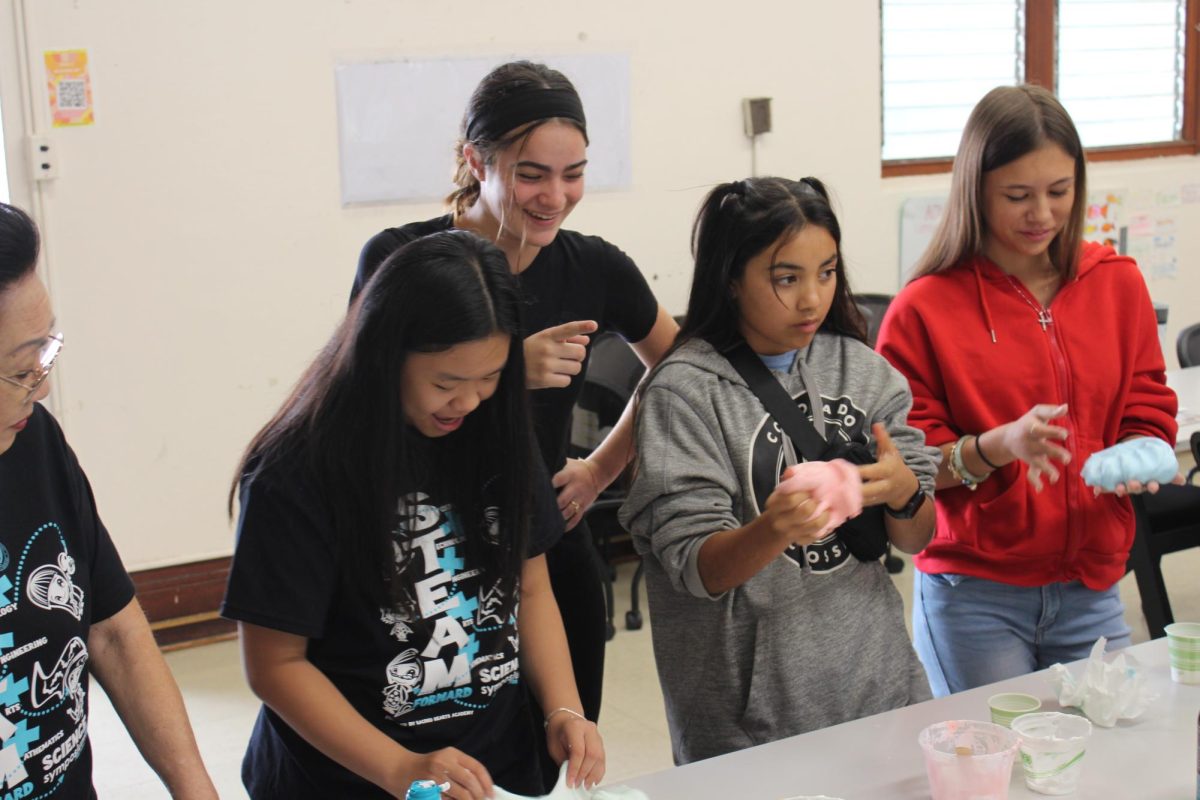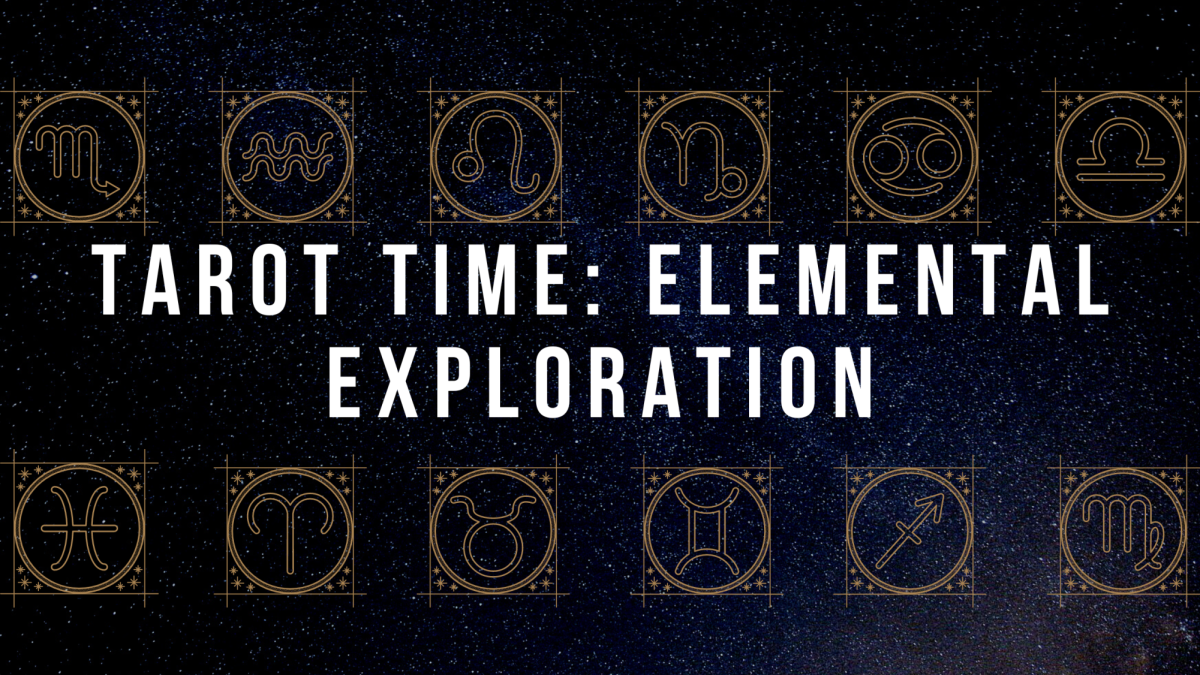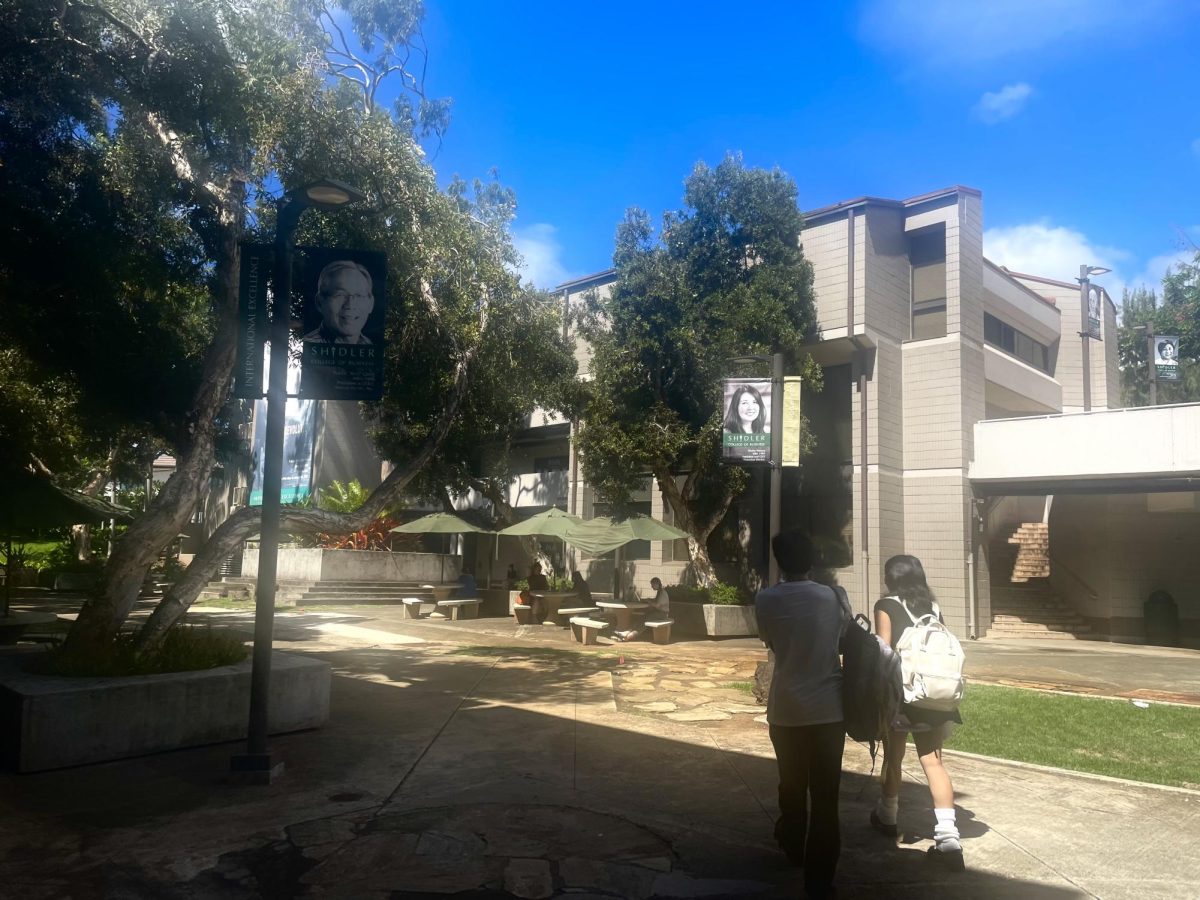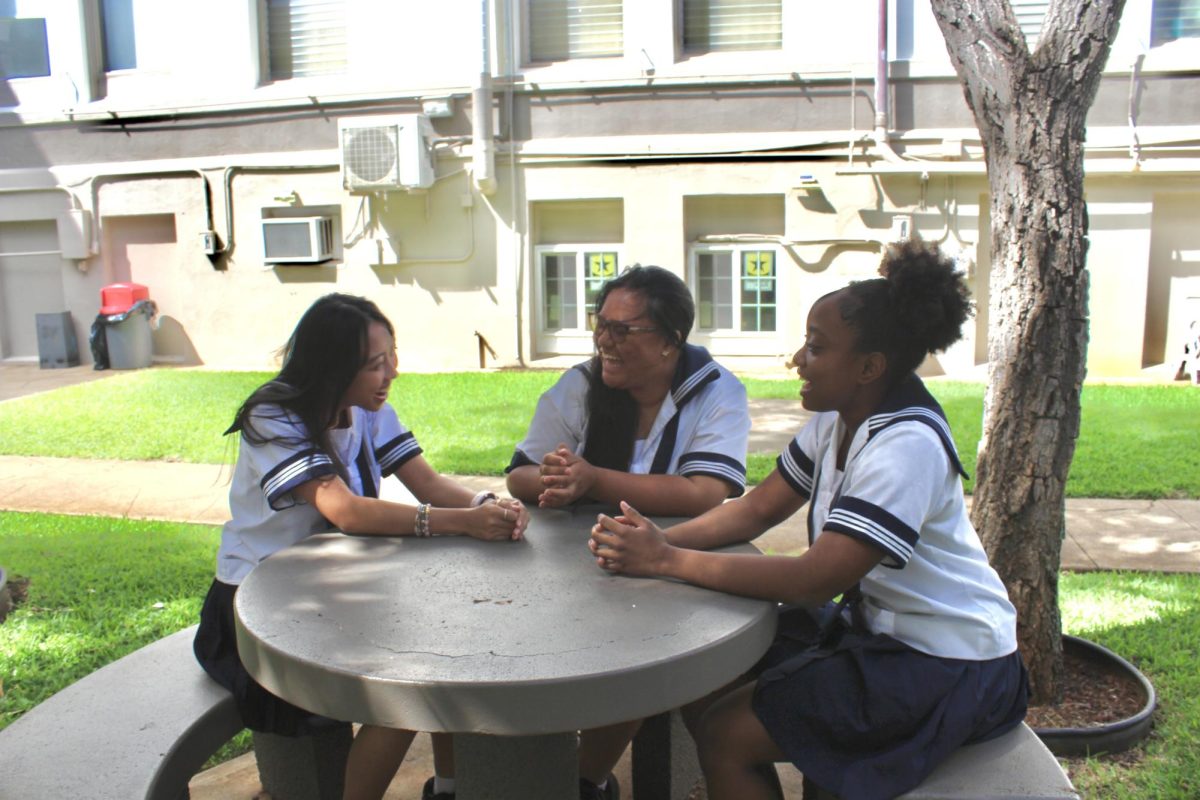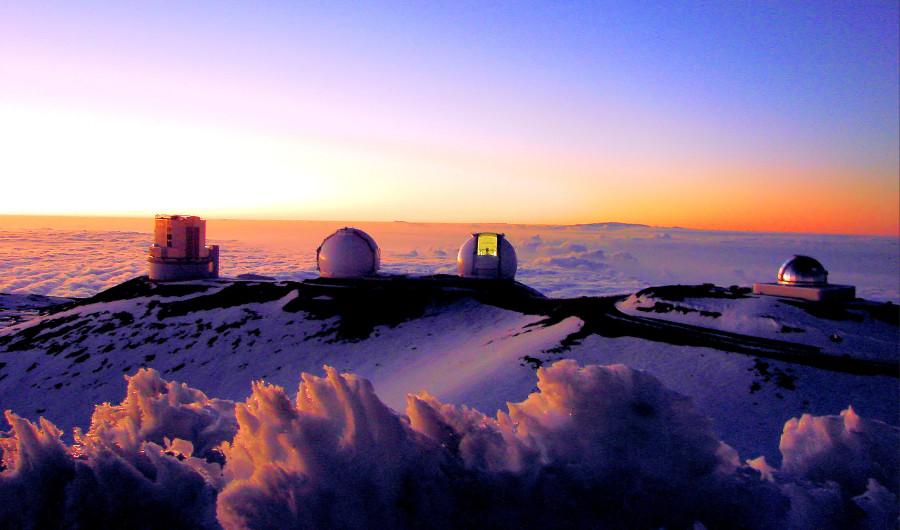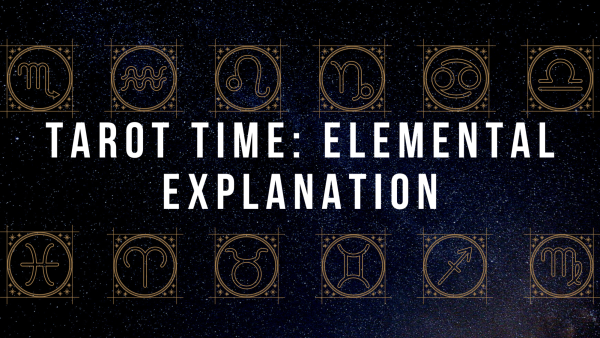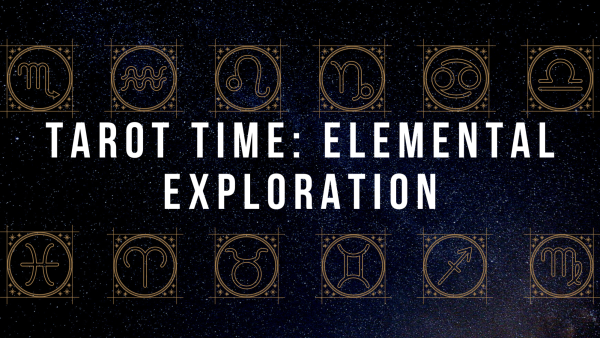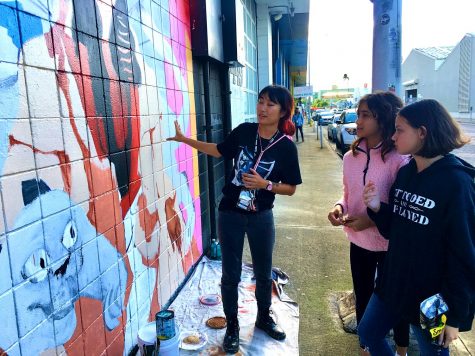Protests stall UH TMT telescope project
May 8, 2015
The University of Hawaii at Manoa (UH) plans to build a 30-meter telescope (TMT) on the summit of Mauna Kea on Hawaii island.
The Institute of Astronomy at UH is home base for the world’s largest astronomical observatory. Although it does not benefit financially from the project, UH holds a 65-year lease on most of the land above 12,000 feet of elevation, according to the Huffington Post.
Currently 13 telescopes on the summit of the dormant volcano belong to various countries, including Brazil, Australia, France, Canada and the United Kingdom.
The mountain is ideal for celestial observation. A cloud layer located 600 meters below the summit ensures that the upper atmosphere is clear, dry and cloudless, perfect conditions for observing the galaxies. Its distance from city lights provides dark skies on the mountain, which enables astronomers to see some of the farthest galaxies.
The new telescope is larger and more powerful than any of the older telescopes. At 18 stories high, the telescope will be able to pick up celestial bodies up to 13 billion light years away.
According to astronomers, the proposed construction site on the mountain is the ideal location to view the farthest reaches of the universe.
The State of Hawaii will receive funds for construction of the telescope from various countries, including China, Japan and Canada. Plans for construction have been in the works for seven years.
Telescopes on Mauna Kea are considered desecration of sacred lands by some Hawaiians who consider Mauna Kea the navel, or birthplace, of the Hawaiian Islands. Ancient Hawaiians buried their dead as well as umbilical cords of newborns on the mountain as a way of connecting to the Earth.
Scientists say that there have been no discoveries of burials in the immediate vicinity of the telescope’s proposed construction site.
Hawaiian activists have been battling the construction of telescopes on the mountain since the 1990s, but protests for the TMT are the first that have taken place on the actual mountain, according to MANA Magazine.
Some scientists also oppose the TMT. Because the telescope requires underground construction, there is risk of ruining the aquifer, an underground layer of permeable rock from which groundwater can be extracted.
Many opponents have taken action against the TMT.
The first incident of disruption occurred in October 2014 when protesters disrupted the groundbreaking ceremony, according to Huffington Post.
Over the past few months, protesters have formed roadblocks on the road leading to the summit to prevent construction workers from building the telescope. The roadblocks have forced construction to be delayed and protesters to be arrested.
Many have taken to social media with the hashtag “#WeAreMaunaKea” as a way to pledge their support for the opposition of the telescope, raising global awareness of the Mauna Kea conflict. The hashtag has drawn the attention of several celebrities, including Nicole Scherzinger and Ian Somerhalder, who have joined the “We Are Mauna Kea” movement.
An online petition to stop the TMT construction and arrests of Mauna Kea protectors and revoke the conservation district use application issued to the project and “protect Mauna Kea from further destructive development” has gained over 50,000 signatures and will be sent to the governor.
Most recently, a crowd of UH students gathered to create an ahu, a traditional Hawaiian shrine of stones on the UH campus as a sign of protest to the construction.
Some Hawaiians, however, support the TMT construction. They recognize the telescope as a way to honor their Polynesian ancestors who were well known for charting the stars and using that knowledge to emigrate to Hawaii.
No new decision has been made about the construction of the TMT.


